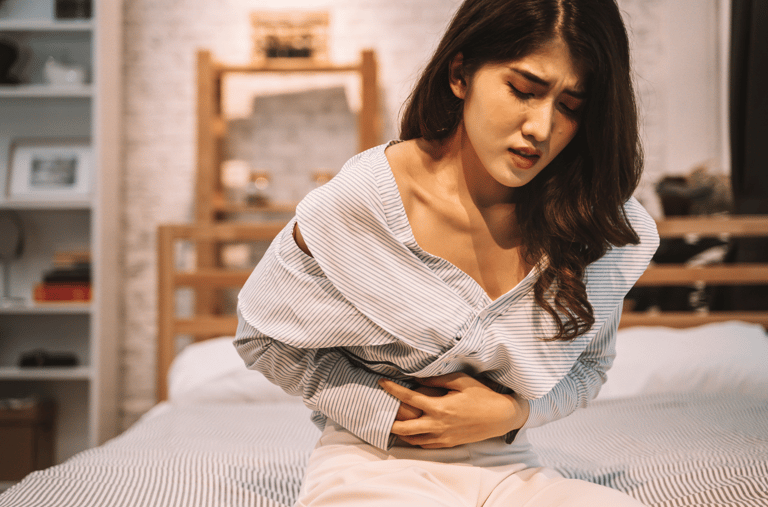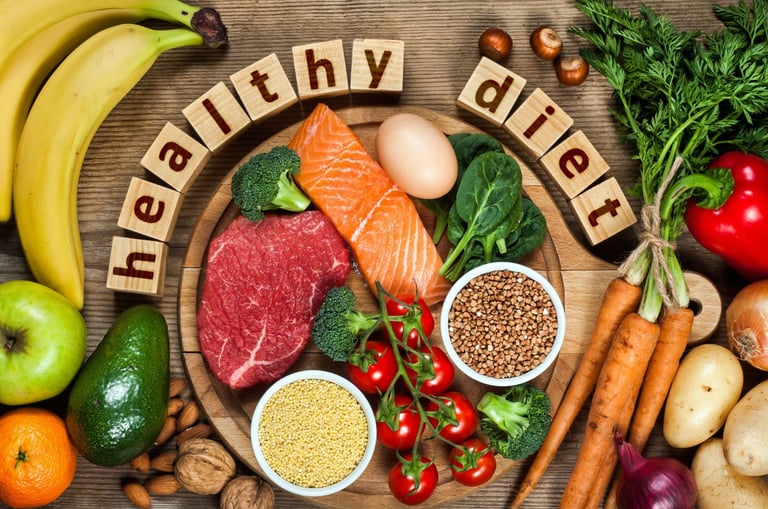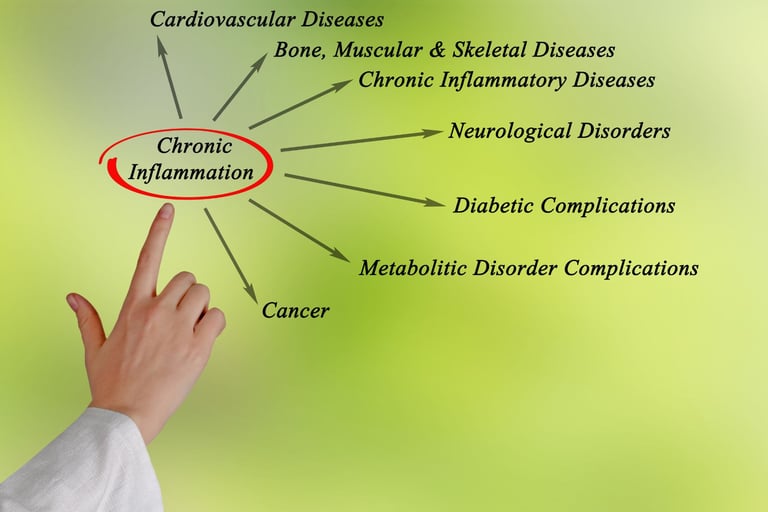Maintaining a balanced and nutrient-rich diet is crucial for overall health and well-being, including menstrual health. Certain dietary choices can help lower inflammation, impact hormonal balance, and help fight the onslaught of symptoms when they hit during menstruation. While diet alone will not cure all menstrual cramps and symptoms, it's an important piece of the puzzle. Let's delve into the specific foods that can aid in improving menstrual cramps and related symptoms.
1. Omega-3 Fatty Acids
We hear so much about these fats, and for good reason. They have a very respectable body of evidence to their name and only continue to grow. Omega-3 fatty acids have anti-inflammatory properties that may help reduce pain and inflammation associated with menstrual cramps. They influence prostaglandins and other compounds that play a role in pain levels.
One study showed that after 3 months of supplementing with omega-3 fats, there was a reduction in the severity and intensity of pain during menstruation. It allowed women to take less ibuprofen. Although this study showed that the omegas didn't cure dysmenorrhea, it showed an improvement. 1 Foods rich in omega-3 fatty acids include salmon, mackerel, herring, sardines (always buy wild and never farm-raised), organic walnuts, flaxseeds, and chia seeds. However, nuts and seeds are digested best when sprouted.
2. Calcium-Rich Foods
Calcium is an incredibly important mineral for muscle tone, contraction, and nerve transmission. Several studies have shown positive benefits with calcium supplementation for menstrual cramps. 2 Having a diet that is rich in calcium is important, but avoid too much A1 dairy, as it can be inflammatory. A1 proteins are usually responsible for the negative studies associate with dairy. If you enjoy dairy, go for products that are from Jersey cows, goats, and sheep, which has a much higher A2 content. Lentils, beans, sprouted pumpkin seeds, salmon, and almond milk are also good sources of calcium. Consuming these foods on a regular basis may help to lower menstrual cramp severity and promote bone health.
3. Magnesium-Rich Foods
Magnesium is one of the most important nutrients when it comes to menstrual pains. It is essential for hundreds of processes in the body and helps to relax tissues. According to several studies, magnesium is effective at reducing muscle tension, cramping, and overall menstrual pain. 3 Try to incorporate magnesium-rich foods into your diet, such as dark chocolate (stay away if you have histamine issues), sprouted pumpkin seeds, edamame, and other magnesium-rich foods. However, diet alone may not be enough to maximize the benefits of magnesium. Supplementation can be beneficial, although steer clear of magnesium oxide unless you enjoy spending a lot of time on the toilet. We make sure to include magnesium in our product Calm Cycle.





